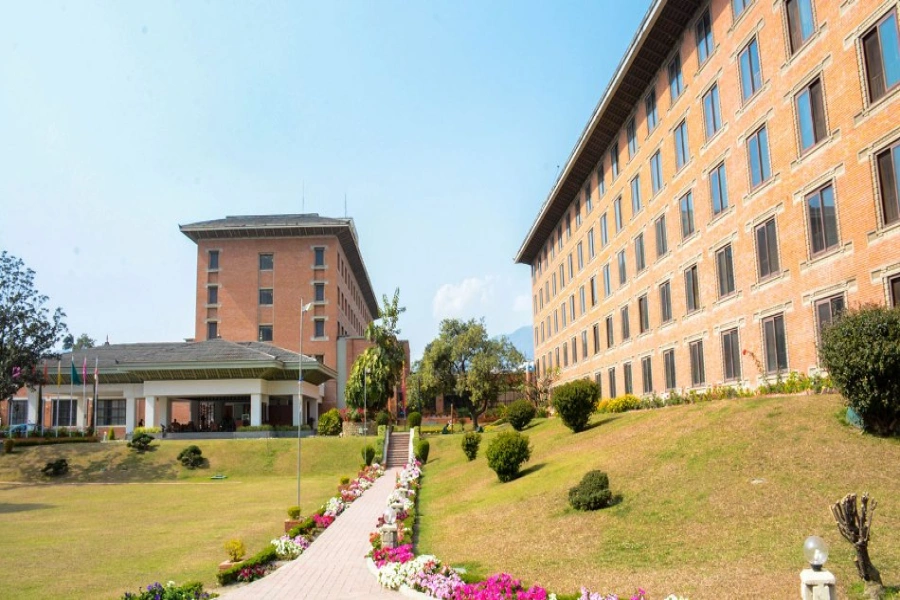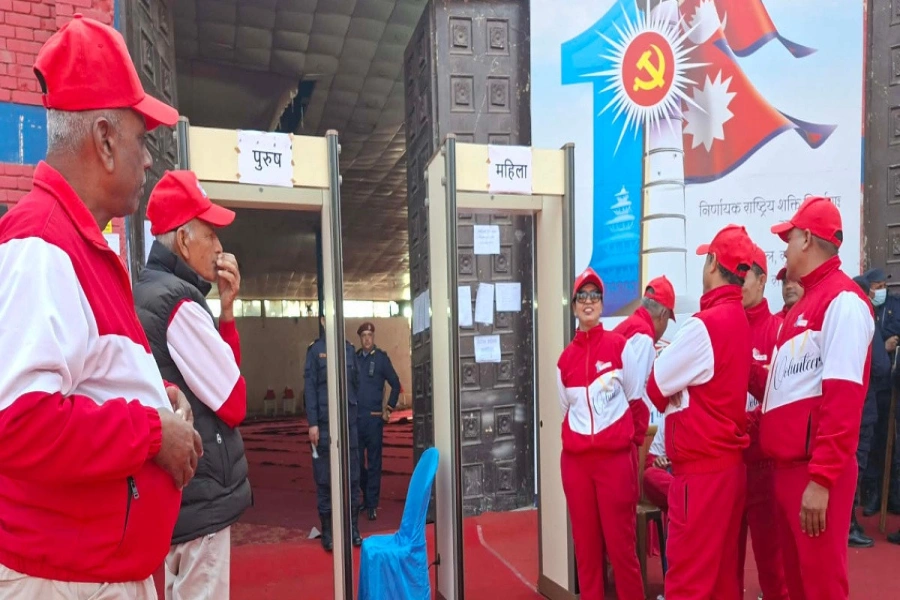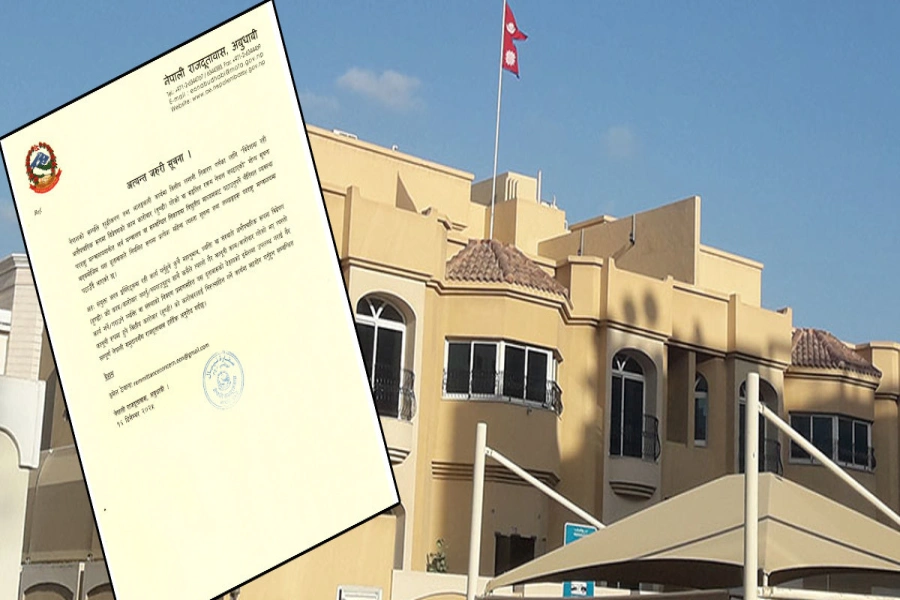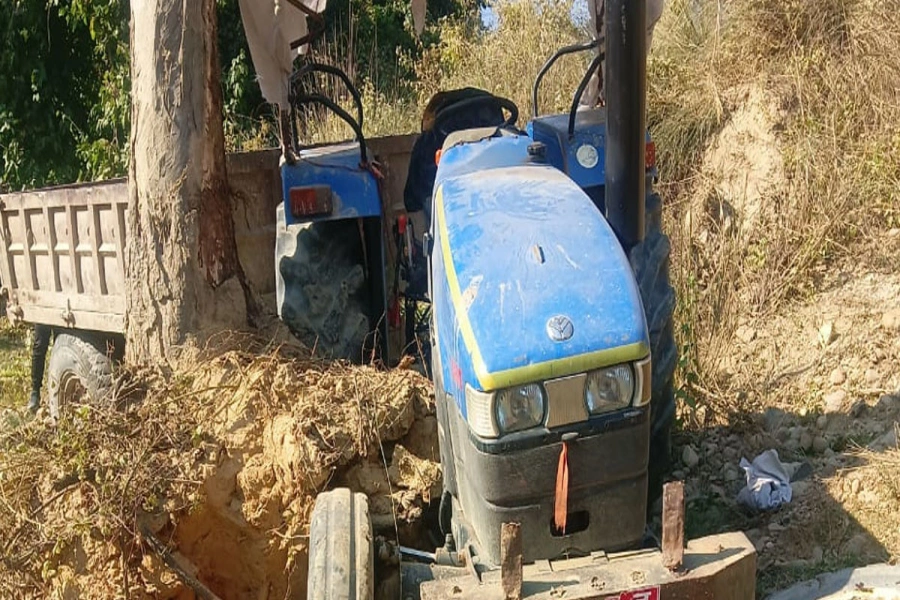KATHMANDU, Nov 14: The government has repeatedly announced, since Fiscal Year 2012/13, that it would help to increase pashmina wool production in Nepal by giving special emphasis to improve conditions for chyangra (mountain goat) farming in Nepal.
However, progress toward this end has remained very slow. Despite the government's promise to promote chyangra farming, the country still imports a huge amount of raw material required for the production of pashmina clothes.
Nepal imports pashmina wool mostly from India, China, and Mongolia. According to Shankar Prasad Pandey, former president of Nepal Pashmina Industries Association (NPIA), the domestic production of chyangra wool contributes merely to two percent of the required raw material.
Samples of Himalayan goat wool being collected in Mustang for q...

“Despite the increase in pashmina wool production since the past few years, local supply of raw materials only contributes to about two percent of the demand. The rest is imported,” Pandey said.
Despite the claims of NPIA about its efforts to promote chyangra farming, local farmers have not received adequate support, according to Karan Gurung (Tangbe), founder chairman of Mustang Chyangra and Pashmina Farmers Association. He said: “We lack efficient communication with Kathmandu. Very less effort has been made to introduce modern chyangra farming process in Mustang, and we have only received a limited amount of aid.”
“There has been an increase in population of snow leopard, which is considered endangered. However, frequent snow leopard attacks on livestock such as horses and chyangra have been a major problem to chyangra farming. We want the concerned authorities to take action about it,” Gurung added.
Currently, Mustang stands as the leading district producing pashmina wool in Nepal, producing around 15 to 20 tons of wool every year. Most of it is exported to Tibet due to lack of storage and processing plant in Nepal.
“Nepal does not have adequate wool processing centers. So most of the wool produced here is sold to Tibet and later the same is imported after processing. It would have been a lot easier for us if we had storage and processing plant for the wool that we produce,” Gurung told Republica.
Rajendra Singh, Assistant Director of Trade and Export Promotion Center, said: “The government of Nepal has allocated a budget of Rs 6 million for this cause. We have been awaiting a response to the letter sent to NPIA on November 9, 2017 regarding the production capacity of pashmina wool of Mustang, Manang, and Dolpa. By what we know, NPIA officials are already taking action in this regard.”
“The budget cannot be used until we have properly assessed the need of a refining plant. We will install the necessary equipment after we pinpoint a location that is most suitable for farmers of all three districts,” Singh added.
Currently, Mustang along with Dolpa, Manang, and Humla are the major pashmina wool producing districts of Nepal.





































